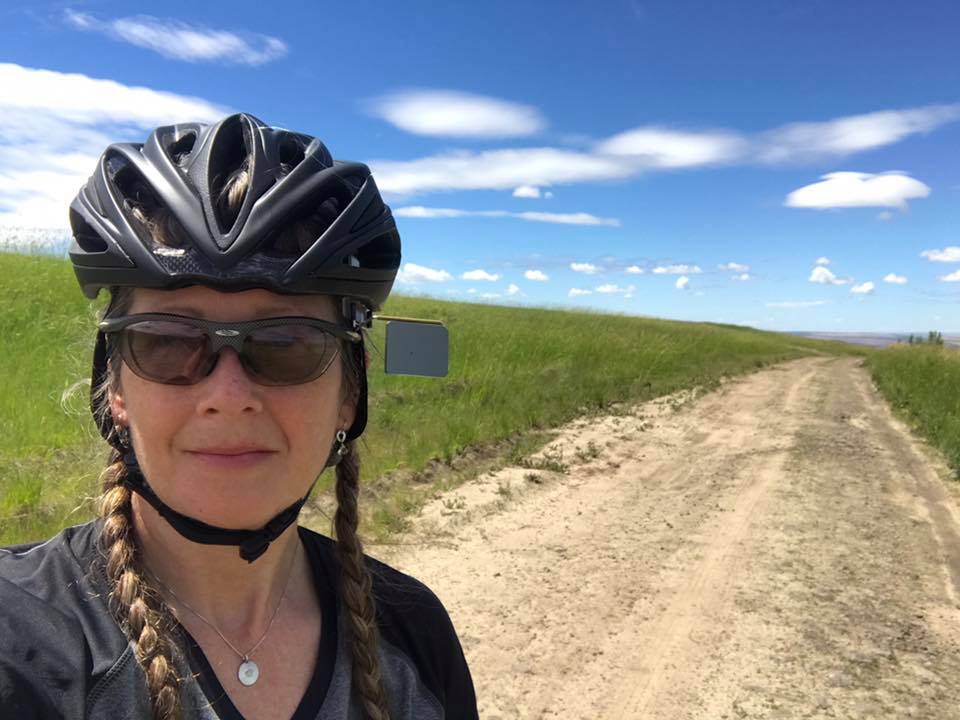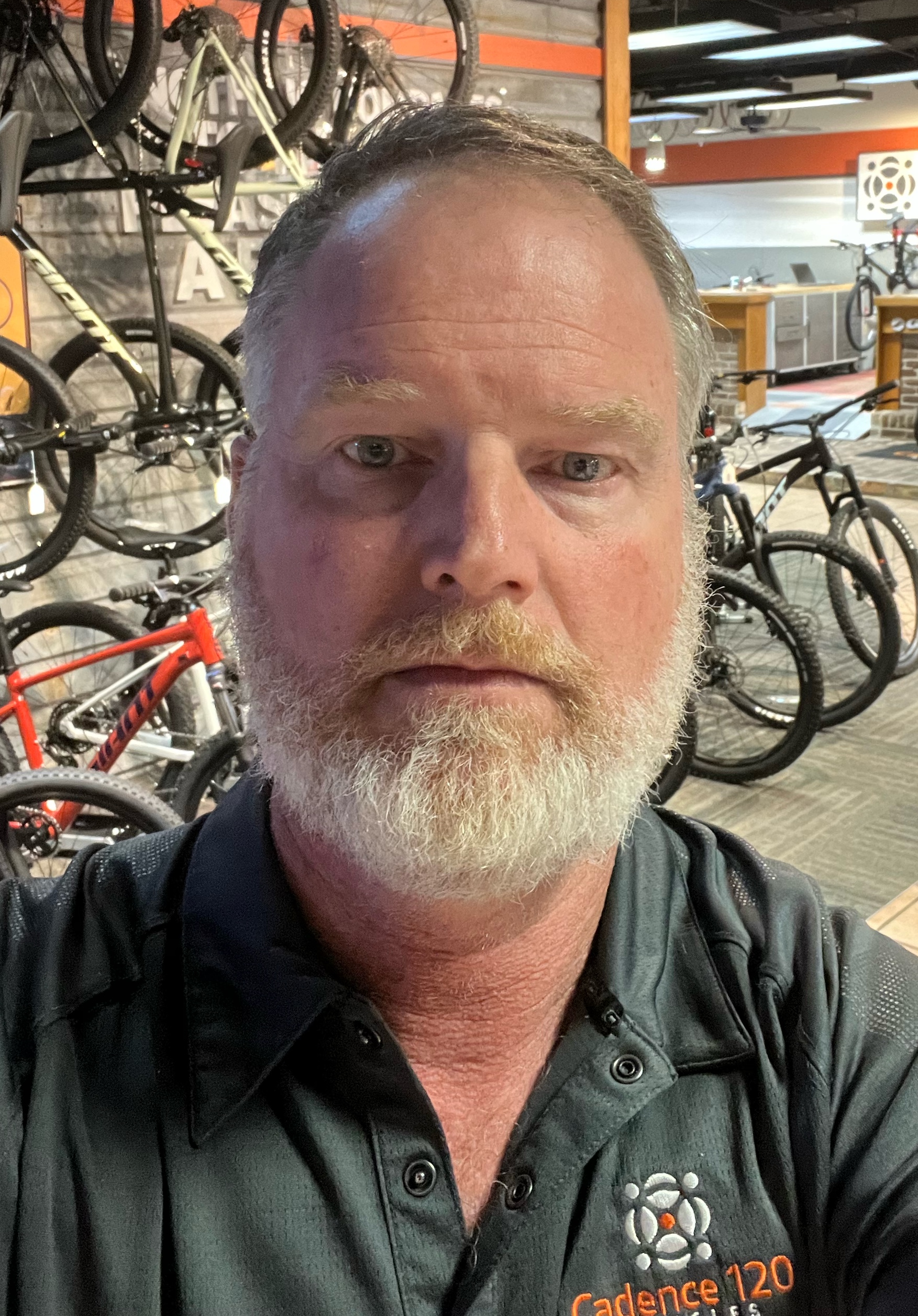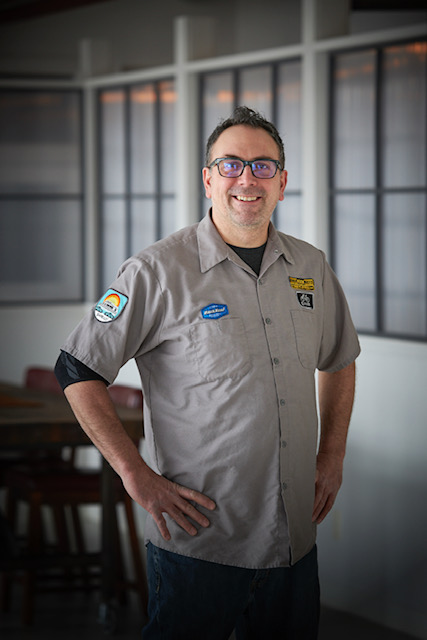A version of this feature ran in the October issue of BRAIN.
BOULDER, Colo. (BRAIN) — For our October magazine edition, we asked our State of Retail panel members: What’s your experience with, and assessment of, click-and-collect programs?
BOISE, Idaho: Jason Bauer, owner Bauerhaus Bikes

Ideally, click-and-collect keeps inventory smaller and introduces new customers to our shop. Only a few of our vendors are actively using a click-and-collect program, and we’ve had a handful of people participate. Almost all of them were unfamiliar with our shop. On the downside, it definitely makes it harder to want to floor a company’s product when it puts things on sale online and instantly devalues our inventory.
Another challenge is that oftentimes a customer will pick out a product that we do not endorse or would choose as part of their complete bike. That really is the benefit of our service, to be consultants as well as mechanics. I joke that we are more of a brokerage than a bike shop. We want our customers to be ecstatic with their purchases. When we can take part ownership in their decision-making process, everyone benefits.
WALLA WALLA, Wash.: Kathryn Austin, owner/manager Allegro Cyclery

We participate in click-and-collect, mostly with Giant's WebLink. We get 100% of the credit for the sale and the customer picks up the bike at our store after we receive and build it. Kona is starting a version of this as well. Our volume of omnichannel sales is minimal so far, but we appreciate this option as another venue for profits. It benefits consumers, and we make money and gain new customers. In-person bike sales are always preferred, but getting 100% credit for a bike sale that we don't order and pay for is still profitable for us. I'm surprised that more people don't use click-and-collect; although, there is an immeasurable benefit to the customer to be able to see, touch, and demo the bike before buying, which is ultimately the better option. We worry about the potential of click-and-collect to encourage a consumer-direct business model. Encouraging customers to buy online, rather than supporting local bike shops, can easily lead to more shops closing, a scary forecast for the bike industry as a whole.
MOBILE, Ala.: Brad Burton, owner Cadence120 Bicycles

We participate in Giant’s WebLink program. It gives our customers another option to shop online for bikes, and we still receive our margin, even if it is shipped. The system will sell our in-store inventory before a bike is shipped. Over the last three years, it has also allowed our customers to purchase hard-to-find models that we receive margin on. All bikes are shipped to us, then we deliver them to the customer. This program has been a huge success for us. When we started with it, we really didn't have any expectations but have watched it grow especially during the COVID pandemic.
STAMFORD, Conn.: Julie Gabay, owner, president, buyer Pacific Cycling & Triathlon

We participate in a few click-and-collect programs, but the primary one is Specialized’s. Participating in omnichannel sales is necessary for receiving orders from people who do not want to come into the store. We do a few deliveries from orders as well. For the most part, we are happy with our vendors’ click-and-collect programs. The pros are that we receive an additional order from someone. It enables people to place orders who may normally not. I am certainly surprised by its performance because we have sold some pretty high-end bikes via click-and-collect. The downside is that it supports local, but there is no substitute for going into a shop and purchasing a bicycle. Also, depending on the brand, the margin is not high enough. There needs to be some middle ground from supplier to retailer.
MASSILLON, Ohio: Molly Lehman, marketing manager Ernie’s Bike Shop

The click-and-collect programs we participate in for all our major bike brands are a minor part of our revenue, but they've brought new customers through our doors and enabled us to make sales, including higher-end items, that we otherwise may not have. We also sell products from select brands via Locally, which permits customers to either buy or reserve an item online and then pick it up in our store. We assume that eventually most brands will implement a consumer-direct facet to their business and that our quality service, good advice, strong reputation, and central place in the community will keep people coming back to us even when buying online is an option.
Add-on sales can sometimes be a challenge with omnichannel buyers because they come in expecting a quick pickup, not a shopping experience, but we appreciate the programs that allow us to sell our inventory via a supplier's website (for example, Giant's "dealer stock"), which gives us omnichannel-esque capability without the large investment and maintenance costs of rolling it out on our own. Bookkeeping, however, is a hassle. There are lots of small fees (and opaque systems of calculating those fees) that erode our margins and make it difficult to ensure that we're paying and being paid correctly. Having click-and-collect programs also means having more payment types to process, and tracking all of these is a challenge.
HOPKINS, Minn.: Jonathan Minks, owner Jonny Rock Bikes

We have not participated in any click-and-collect programs yet, but we are a test ride center for a direct-to-consumer brand, and it’s worked out fairly well. I think our compensation could be better, but it has helped our business to have this relationship. Click-and-collect is similar to other parts of bicycle retail: Suppliers need to remember that dealers are their customers as well. Everyone is discounting and giving away product. It will be no surprise that in spring 2024 there will be an influx of inventory and dealers will be holding back if they're smart.
BROOKLYN, N.Y.: Ilya Nikhamin and Kasia Nikhamina, co-owners Redbeard Bikes

When bike brands compete with their independent dealers, they act against the industry’s long-term interest. We participated in Giant’s and Specialized’s click-and-collect programs when we sold those brands. We got very few orders. On the whole, it made more sense for riders to come to our shop to choose the right model and size, then we’d special order the bike. The proverbial last straw in our relationship with Specialized occurred when a rider was able to order S-Works shoes on Specialized.com — the same shoes we’d had on backorder for him for weeks. The B2B inventory was zero, but the shoes became available on the consumer site. Understandably, he jumped on it and when we appealed, Specialized refused to grant us credit for the sale. Another brand we sold, Brompton, introduced click-and-collect, with a twist: By default, the bike shipped to the rider’s home. We had to send riders screenshots to help them find the “ship to shop” option.
ENCINITAS, Calif.: Will Schellenger, owner El Camino Bike Shop

Both of our major brands, Trek and Haro, have click-and-collect programs, and we participate in both. It is not a big part of our business, perhaps one or two bikes a week on an average. When our suppliers first announced these programs, we were concerned. How could we be partners and have them sell the same product to our customers? Ultimately though, it’s about the consumer experience, and let's face it, everyone is buying online now. If we didn't participate, another dealer in our market would get all of that business, and we wouldn't see any revenue at all from those sales. As I said, it is a small part of our business, but we need to take everything we can get these days. The pros are that we get a commission and hopefully can make a new customer or at least some accessory sales. The cons are that sometimes a customer buys a bike we have in stock, and we wonder as a retailer why we bothered to invest in putting the bike on our floor in the first place.
BRADENTON, Fla.: Paul Tobio, owner Ryder Bikes

Shop owners need to start thinking about their stores as a retail experience. Often, the first part of that experience is their website. Part of that experience is sales, and our websites need to be as robust as the major retailers’. We currently offer four click-and-collect programs to our customers: Giant, Bikeco (SE), Haro, and the Smartetailing partners QBP, J&B, and others. I see this as added revenue or convenience for our customers. Many people who shop online are first-time customers and interact with them at pickup to build the on-going relationship. Some omnichannel programs are better than others. Giant's has been the best because we are provided our full margin. It’s become a way to complete a sale in the store. If we don't have a bike in stock, we help the customer fill out the order, they just make the payment, and the bike is on the way. The volume of sales through our website is surprising. Every month we sell many small items — saddles, car rack parts, etc. — to local and out-of-state buyers. It pays for the website fees.




